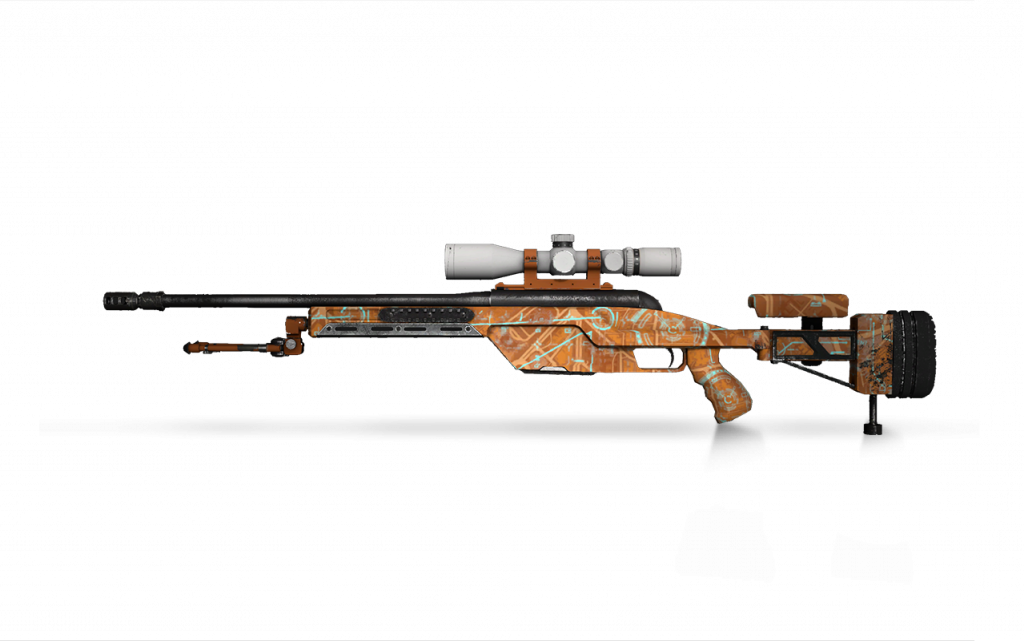



Moisture is always a concern (moisture in wood is the leading cause of all wood destroying insect infestations) and so repairing gaps, and placing vapor barriers in your basement/crawlspace is paramount.

You can take steps to prevent termites from entering your home. Plus, they usually attack homes and structures after forming a mature colony of up to 100,000 insects. Termites stay concealed in wood paneling and move quickly when exposed to light. If the wood crumbles, there’s a high likelihood that you have a termite infestation. To determine if you have a termite problem, place your thumb on any exposed wooden areas in your home. Swarmer termites are about 4 mm long, dark brown or black and rarely have wings. There are two types of termites that frequently infest homes - workers and swarmers. Termites are eusocial insects sometimes mistaken as white ants. The three most difficult pests to exterminate are: Critters can go without food for extended amounts of time, allowing them to infest your home or property without being detected. Some pests can squeeze their bodies through surprisingly small spaces. Other rodents and insects hide under floorboards, within wallpaper or even under electrical switch plates. Cockroach exoskeletons allow them to withstand weights up to 900 times their body weight. Certain species of beetles and cockroaches are also resistant to stomping. The mother cockroaches carry around their babies to minimize human contact, making them almost impossible to eradicate. Some pests like cockroaches lay thousands of eggs at once. Why Are Some Pests More Difficult to Eliminate Than Others? First, let’s look at why some pests are harder to get rid of than others, and the top three worst pets to have in your home. If you spot a pest in your home, you may wonder if you have a serious infestation. Luckily, there are ways to prevent critters from invading in the first place.


 0 kommentar(er)
0 kommentar(er)
